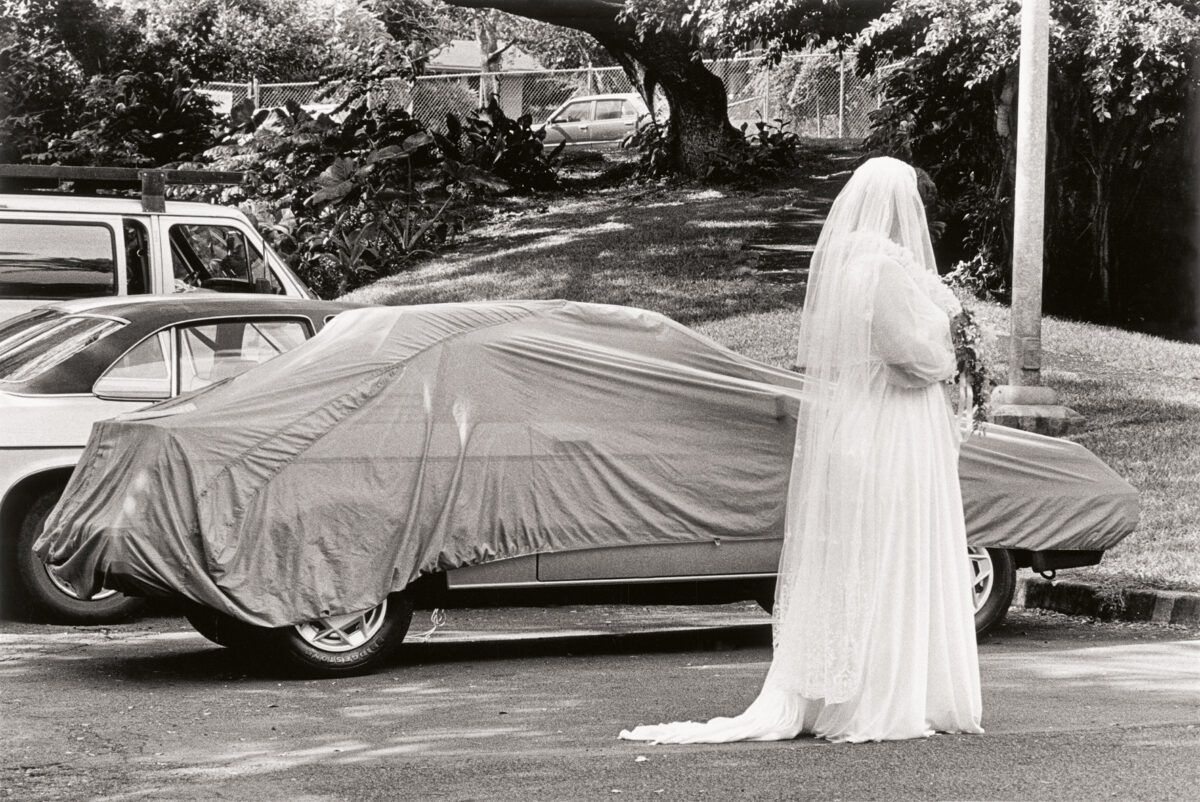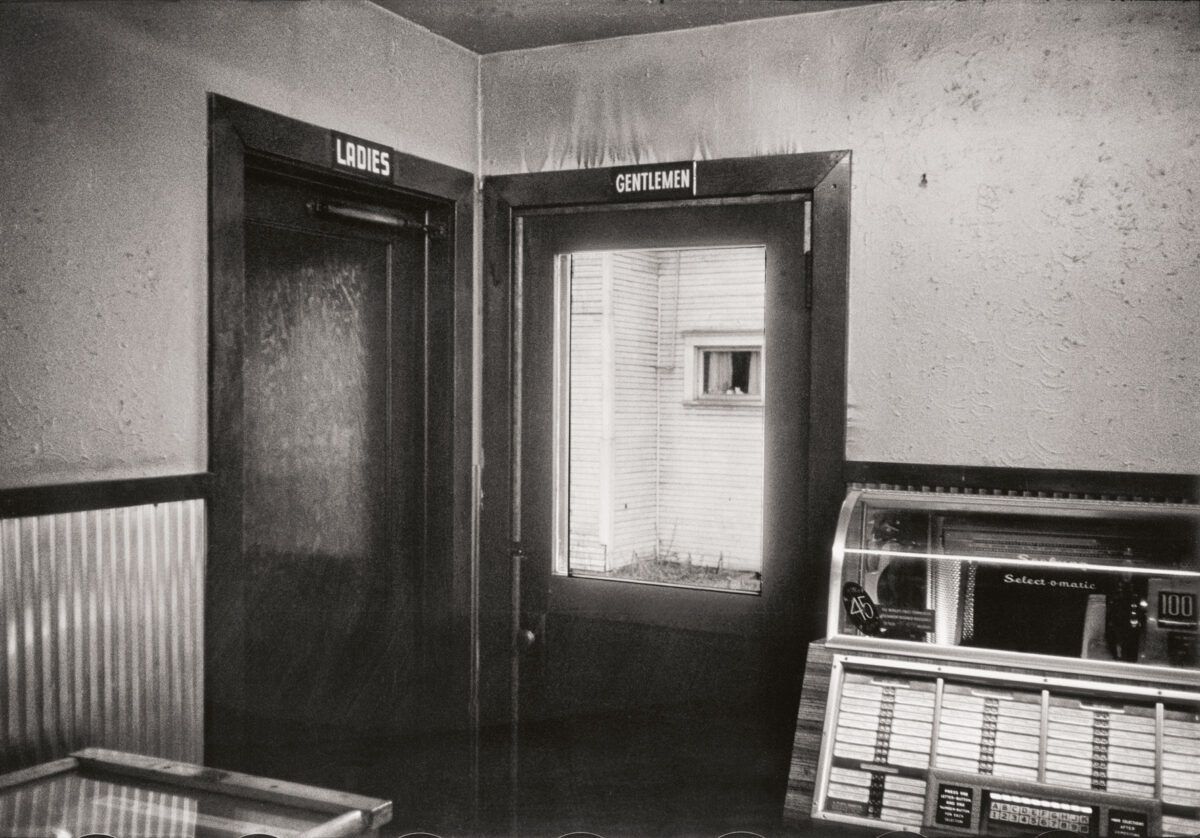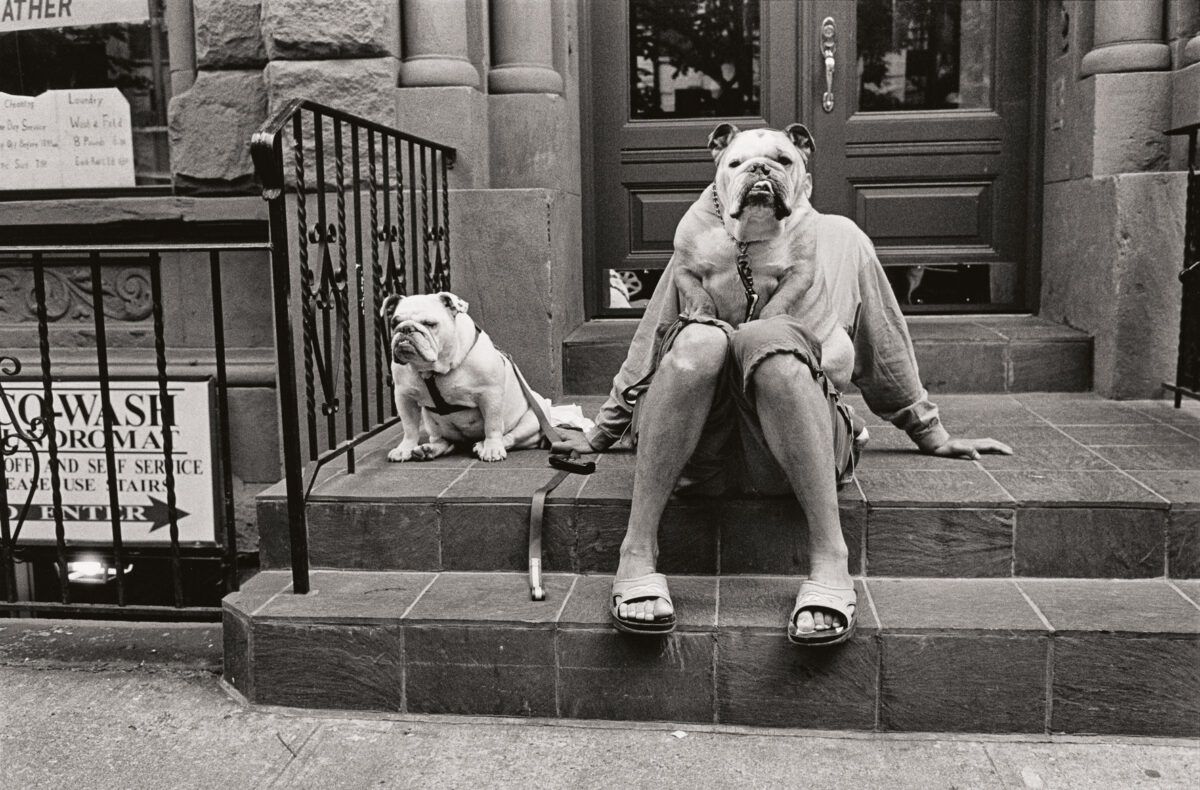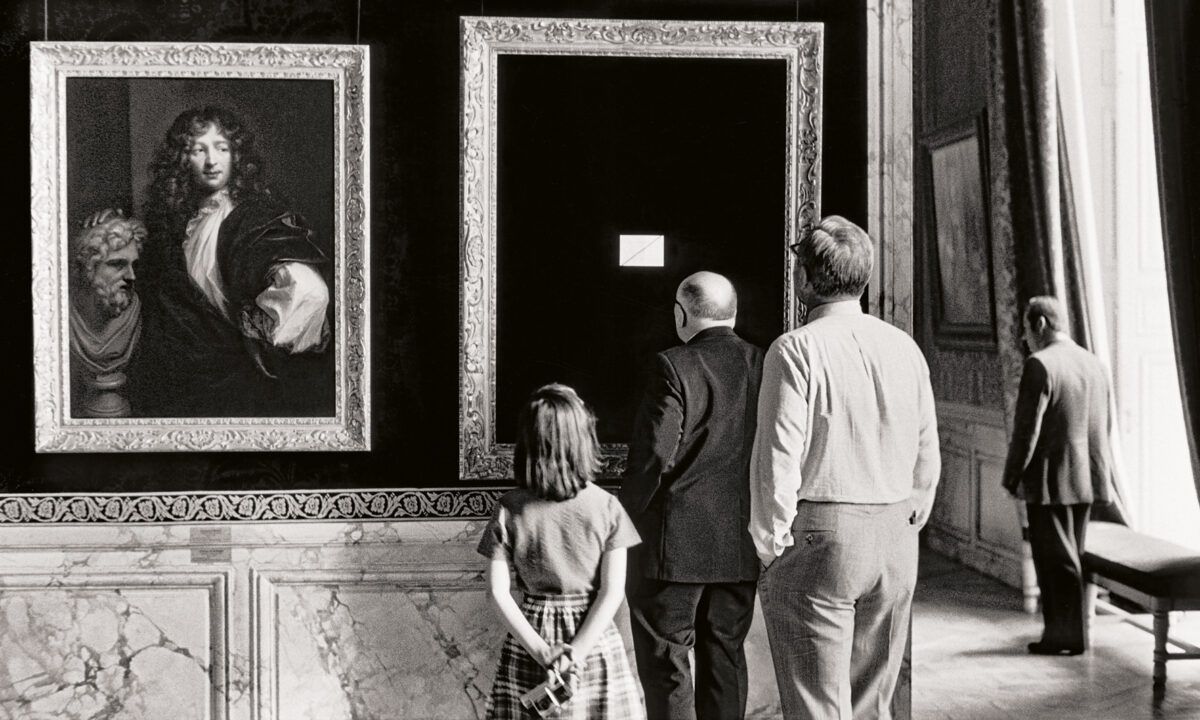blog
Book Review: Last Laughs by Elliott Erwitt

© Elliott Erwitt, Honolulu, Hawaii, USA, 1983.
Listen: Last Laughs by Elliott Erwitt has certainly taken its pound of flesh from me for neglecting to review it more promptly—literally. I was carrying this behemoth of a book from one room to another when I hit the door frame. The book slammed into my ribs and took a chunk of me with it. I never knew books could be so dangerous. That said, this one is worth all the danger. It is, simply put, a masterclass in wit, timing, and the raw, human comedy of everyday life—delivered with Erwitt’s trademark irreverence and precision. Each photograph is a punchline, and the whole collection? A triumph.

© Elliott Erwitt, Pasadena, California, USA, 1963.
Every good photographer has their shtick. Some go for grime and grit, others for the serious and mundane, and still others search for metaphor and allusion. For Erwitt, his work is characterized by irrepressible curiosity, unwavering compassion, and timeless humor. Photographs are not always an easy vessel for humor—especially frame after frame. Live performance and even the written word are often more accommodating tools for this pursuit. Unless, of course, you’re Elliott Erwitt. Somehow, frame after frame, year after year, decade after decade, he achieved an impressive balance between funny and serious, poignant and playful. And through it all, a sense of timelessness permeates, ensuring that the work not only outlives the photographer (which it has), but will almost certainly endure in the annals of photography indefinitely.
In this particular collection, Last Laughs, published by teNeues, the viewer embarks on a visual rollercoaster through some of Erwitt’s most iconic and celebrated photographs. Yet, nestled among the familiar images are lesser-known gems—quietly brilliant works that reward the attentive eye. A devoted lover of animals—dogs most of all, though cats and horses make frequent appearances—Erwitt infused his imagery with a deep affection for his subjects. As recalled in the foreword by Graydon Carter and Nathan King, Erwitt once quipped that dogs are simply “people with more hair,” adding with characteristic wit, “Best of all, they don’t ask for prints.” This remark offers a revealing glimpse into the photographer’s playful spirit. Not only are Erwitt’s photographs a delight, but so too was the man himself—an uncommon and enviable pairing in the often inscrutable world of artists.
The photo editing in this volume is superb—an increasingly rare achievement in contemporary photography publications. One can’t help but wonder who was responsible for the editing. Erwitt himself would have certainly been more than capable. The foreword is penned by Graydon Carter, a distinguished life-long editor in his own right. Perhaps the publisher simply hired a good one here. Regardless of who took on the task, the editing of this collection is masterfully executed—from the opening image to the final frame. The sequencing, in particular, is remarkable: it allows each photograph to resonate while building a cumulative power that results in a deeply satisfying conclusion. It stands as one of the defining strengths of the publication.

© Elliott Erwitt, Western USA. 1954.
The physical production of Last Laughs by teNeues is commendably solid—while perhaps not of collectible, fine-press quality, it nonetheless presents Erwitt’s work with immediacy and depth. The printing allows the nuances of his visual humor and compositional wit to shine, though not without a few compromises. Some images are reproduced at a scale that slightly exceeds their optimal size, resulting in a degree of graininess that detracts from Erwitt’s typically more crisp aesthetic. A more restrained reproduction size might have preserved the clarity and tonal precision his photographs warrant.
Equally puzzling are the endorsements on the back cover. While I hold great admiration for writers such as Amy Tan and Mitch Albom, their inclusion—alongside that of Matt Groening—feels incongruous in the context of a photography monograph. Their remarks, though well-meaning, offer little in the way of critical insight. One might hope that future editions would privilege the informed reflections of art historians, critics, or curators, rather than relying on the name recognition of figures from adjacent disciplines.
These, however, are minor quibbles. On the whole, the book stands as a delightful and worthwhile addition to the library of any photography enthusiast—offering a generous, and at times revelatory, window into Erwitt’s enduring vision.

© Elliott Erwitt, New York City, USA, 2000.
The photography world will remain in Elliott Erwitt’s debt for generations to come—though, admittedly, I feel I’ve already paid my share in flesh and blood. Before I sign off and leave you to the images themselves, I’d like to reflect briefly on one more remarkable facet of Erwitt’s singular life. In the 1950s, he served as a photographer’s assistant in the U.S. Army, having come of age during the turbulence of World War II. Given such a backdrop, one might have expected his artistic vision to gravitate toward the somber or the severe – simply darker themes. Instead, it is as though the darkness dared him to look harder for light. And he did—finding, again and again, the absurdity, tenderness, and quiet comedy indestructibly embedded in the human condition. For that, we have all benefited.

© Elliott Erwitt, Chateau de Versailles, France, 1975.
Elliott Erwitt’s Last Laughs
teNeues (Die Gestalten Verlag GmbH)
10 5/6 x 13 3/8 in.
208 pages
120 tritone photographs
$75
Hardcover
ISBN: 978-3-96171-633-3
Location: Online Type: Book Review
Events by Location
Post Categories
Tags
- Abstract
- Alternative process
- Architecture
- Archives
- Artist residency
- Artist Talk
- Biennial
- Black and White
- Book Fair
- Car culture
- Charity
- Childhood
- Children
- Cities
- Collaboration
- Community
- Cyanotype
- Documentary
- Environment
- Event
- Exhibition
- Faith
- Family
- Fashion
- Festival
- Film Review
- Food
- Friendship
- FStop20th
- Gender
- Gun Culture
- Habitat
- home
- journal
- Landscapes
- Lecture
- Love
- Masculinity
- Mental Health
- Migration
- Museums
- Music
- Nature
- Night
- nuclear
- Photomontage
- Plants
- Podcast
- Portraits
- Prairies
- Religion
- River
- Still Life
- Street Photography
- Tourism
- UFO
- Water
- Zine

Leave a Reply